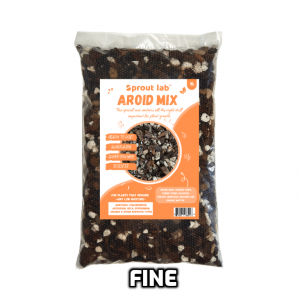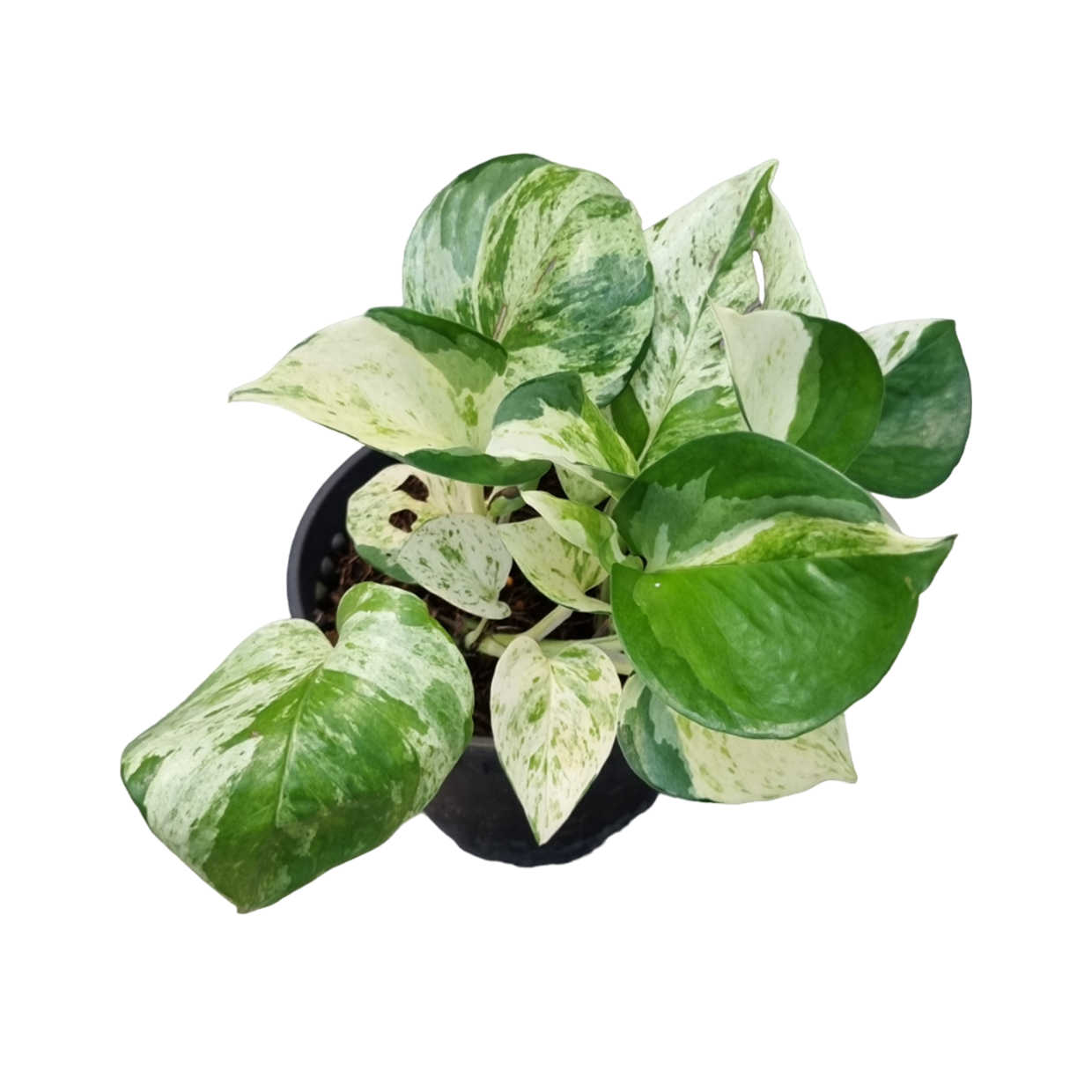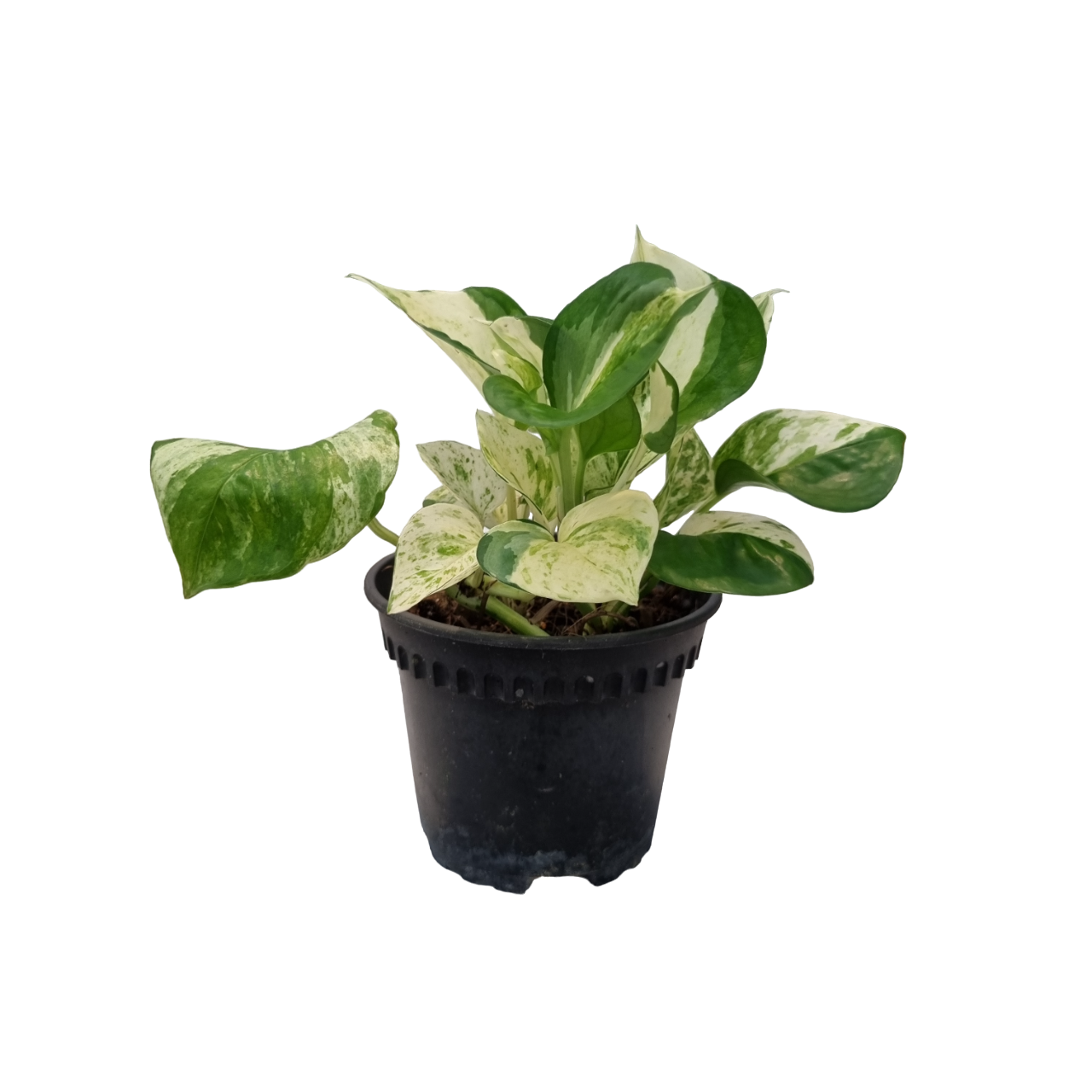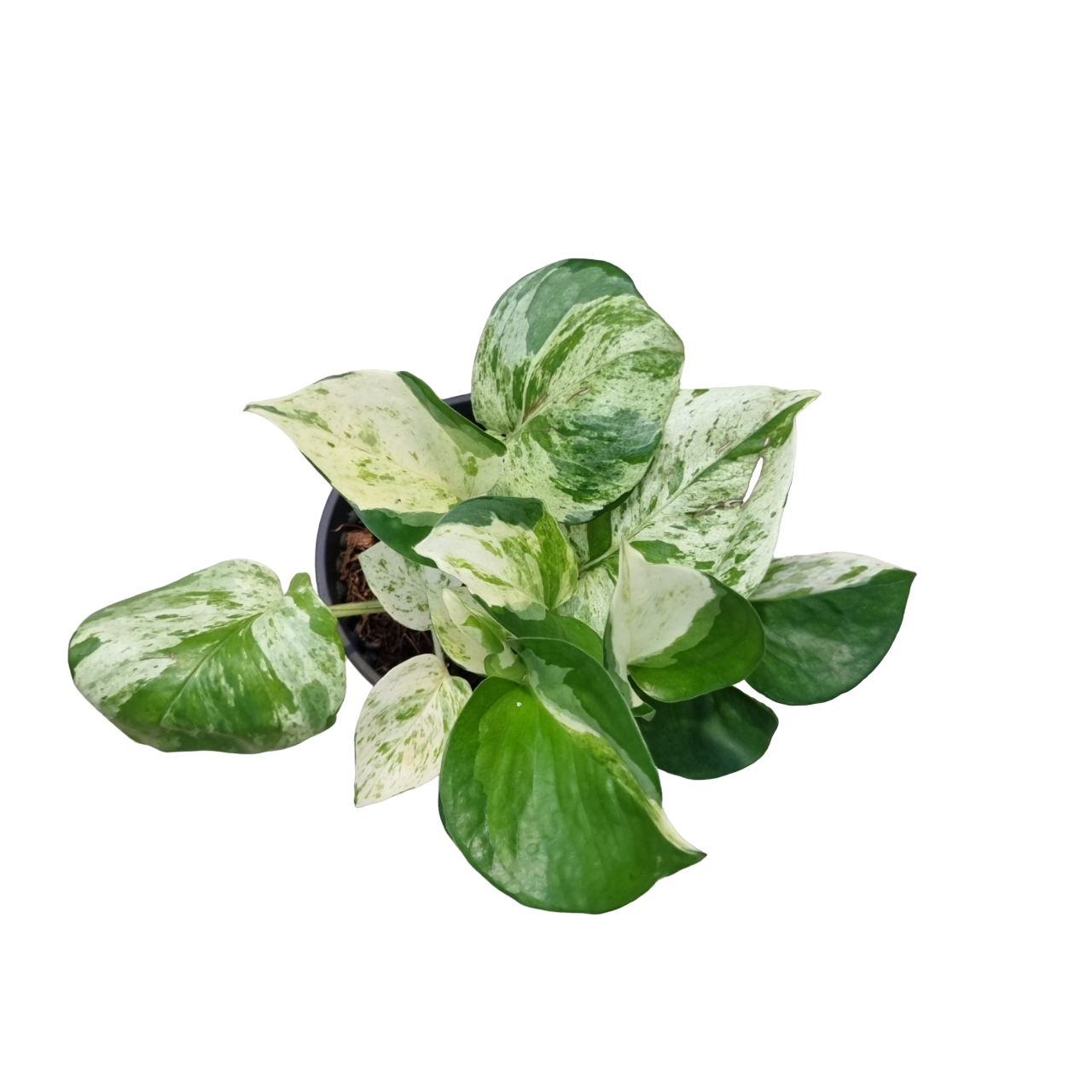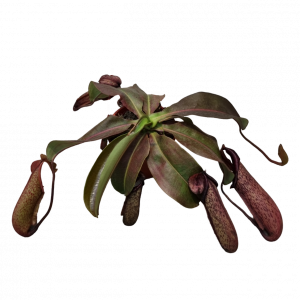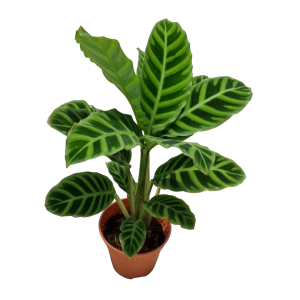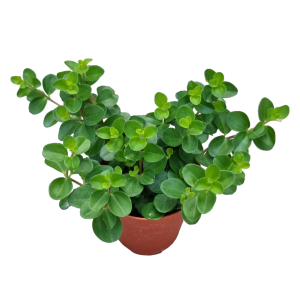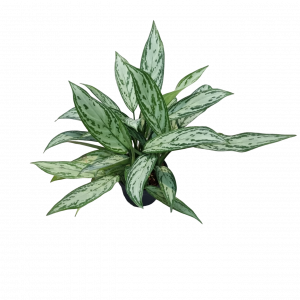Epipremnum Manjula, commonly known as Manjula Pothos, is a stunning cultivar of the popular Pothos family. Native to the tropical regions of Southeast Asia, this plant is cherished for its striking variegated leaves, which feature a beautiful mix of green, white, and silvery-grey hues. Known for its versatility and low-maintenance care, the Manjula Pothos is often grown as a trailing or climbing vine, making it an ideal choice for hanging baskets, shelves, or as a decorative accent in any room. With its attractive foliage and air-purifying qualities, Epipremnum Manjula is a favourite among both beginner and experienced plant enthusiasts.
Plant Care Guide
Light: Epipremnum Manjula thrives in bright, indirect light. It can tolerate lower light conditions, but its growth may slow, and the variegation in the leaves may become less pronounced. Avoid placing the plant in direct sunlight, as this can scorch the delicate leaves, causing brown spots or edges.
Water: Water the plant when the top 2–3 cm of soil feels dry to the touch. Epipremnum Manjula prefers to stay slightly moist but not soggy, so ensure the pot has good drainage to avoid waterlogging. Overwatering can lead to root rot, so always allow excess water to drain freely. During periods of high humidity, reduce watering slightly to prevent water retention.
Soil: This Pothos variety thrives in a well-draining, lightweight potting mix. A standard indoor potting mix with added perlite or orchid bark works well to provide good aeration and moisture retention, replicating its natural tropical environment.
Fertilising: Feed the plant with a balanced, water-soluble fertiliser to promote healthy growth and vibrant variegation. Organic compost or slow-release fertilisers can also be used. Avoid over-fertilising, as this can lead to excessive growth with less variegation in the leaves.
Pests: Epipremnum Manjula is relatively resistant to pests but may occasionally attract aphids, mealybugs, or spider mites, especially in dry conditions. Inspect the leaves regularly, particularly the undersides, for any signs of infestation. If pests are detected, treat the plant with insecticidal soap or neem oil to keep it healthy.
General Care: This easy-care plant is ideal for both beginners and experienced gardeners. Regularly prune off any yellowing or damaged leaves to encourage fresh growth and maintain a neat appearance. Epipremnum Manjula enjoys a warm, humid environment, so placing it near a humidity tray or misting the leaves occasionally will help keep it looking its best. This adaptable plant is perfect for hanging baskets or as a decorative trail, making it a versatile addition to any home or office space.
Lighting: Bright Filtered Light
Watering: Water Moderately
Watering Frequency: When top layer of soil is dry
Spider mites: These pests can cause leaves to appear stippled or yellowed, and the plant may lose its leaves. Spider mites thrive in dry conditions, so increasing humidity levels and regularly misting the plant can help prevent them..
NATURALGRO Super Soilless Aroid Mix.
Powercote NPK 15+15+15+TE : Every 3 Months.

